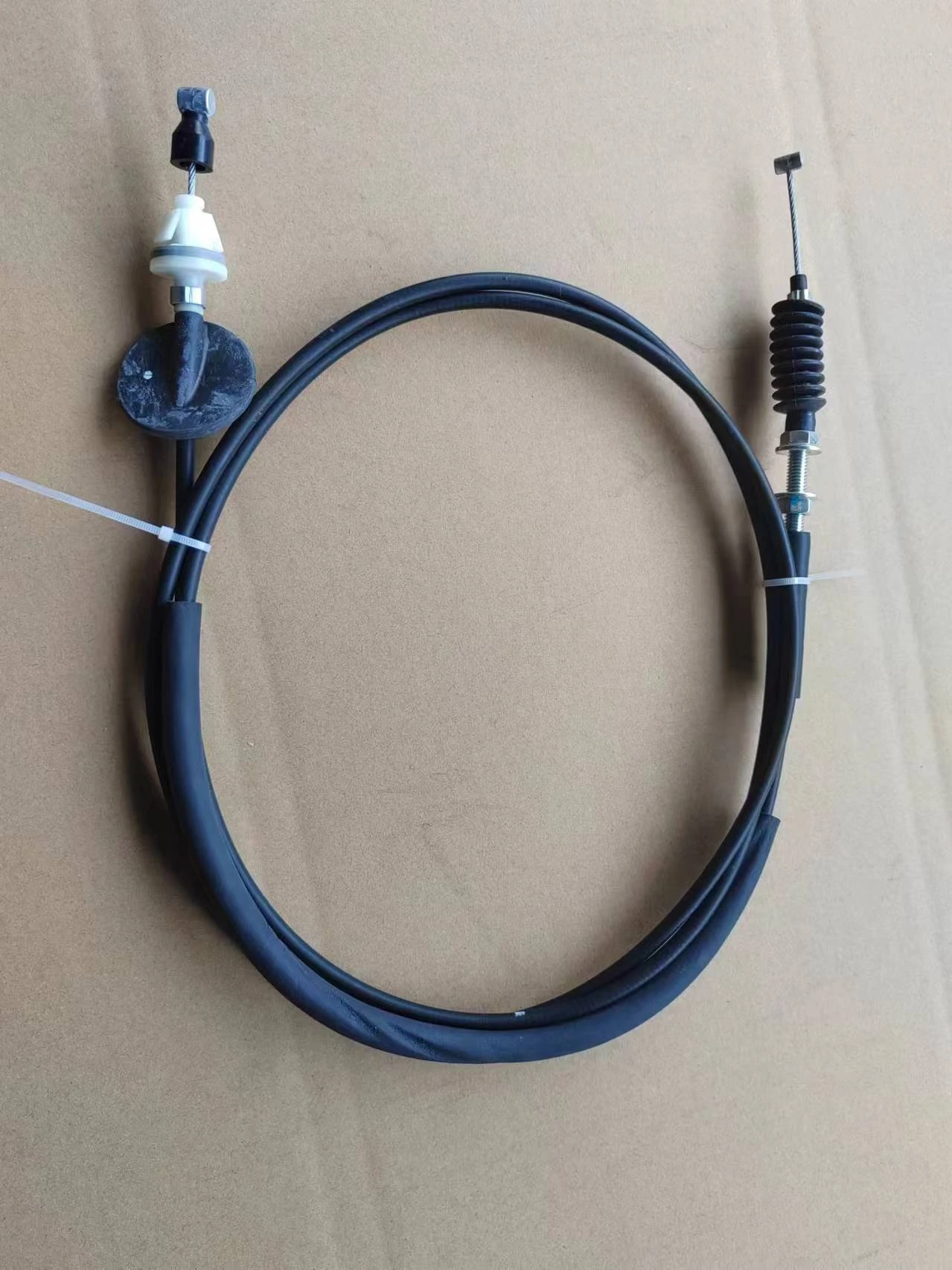throttle cable
The Importance of Throttle Cables in Automotive Performance
In the world of automotive engineering, every component plays a crucial role in the performance and functionality of a vehicle. Among these components, the throttle cable is often overlooked but is integral to the control and responsiveness of an engine. This article will delve into the significance of throttle cables, their operation, and the impact they have on overall driving experience.
What is a Throttle Cable?
A throttle cable, sometimes referred to as an accelerator cable, is a mechanical linkage connecting the accelerator pedal to the throttle body of an internal combustion engine. When the driver presses the accelerator pedal, the throttle cable pulls the throttle valve open, allowing more air and fuel to enter the engine. This action increases engine power and accelerates the vehicle.
The Mechanics Behind Throttle Cables
Throttle cables are typically made from durable materials to withstand the constant tension and movement exerted during operation. They consist of a flexible cable housed within a protective sheath. When tension is applied to the cable, it slides easily within this sheath, transferring the necessary motion from the pedal to the throttle body smoothly and efficiently.
The design of throttle cables varies from vehicle to vehicle. Some modern vehicles use electronic throttle control (ETC), which eliminates the need for a mechanical cable entirely. Instead, these systems rely on sensors and actuators to communicate the driver's intent to the engine control unit (ECU). However, many vehicles, especially older models and certain performance cars, still utilize traditional throttle cables.
Signs of Throttle Cable Issues
Over time, throttle cables can wear out or become damaged, leading to several performance issues
. Common signs of a faulty throttle cable includethrottle cable

1. Sticking or Snagging If the accelerator pedal feels sticky or doesn’t return smoothly to its original position, it may indicate a problem with the throttle cable.
2. Unresponsive Acceleration A delayed or unresponsive throttle can make driving dangerous. This situation can arise from a frayed or stretched cable.
3. Inconsistent Engine Performance If the engine revs unpredictably or fails to respond correctly to the accelerator pedal, the throttle cable may be experiencing issues.
When diagnosing throttle cable problems, it’s essential to conduct periodic inspections. This not only extends the life of the cable but also ensures the vehicle operates safely and efficiently.
The Role of Throttle Cables in Performance Tuning
Performance enthusiasts often focus on the throttle cable as a critical component in tuning their vehicles. A well-functioning throttle cable can enhance the responsiveness of the accelerator, providing a more engaging driving experience. For those looking to upgrade their vehicles, throttle cables can often be found in heavy-duty or performance variants designed to handle increased loads and stresses.
Additionally, adjusting the throttle cable can also improve vehicle throttle response. Some tuners opt to shorten the cable for a quicker reaction, engaging the throttle more rapidly when the pedal is pressed. However, such modifications should always be approached with caution and a solid understanding of the vehicle’s mechanics.
Conclusion
In summary, the throttle cable is an essential component in the realm of automotive engineering. While it may often be overlooked in the vast array of components that make up a vehicle, its role in controlling engine power and responsiveness is undeniable. Regular maintenance and prompt replacement of a faulty throttle cable can ensure that a vehicle operates safely and at peak performance. For automotive enthusiasts, understanding the intricacies of throttle cables can lead to improved driving experiences and enhanced vehicle performance. Always remember, whether you are cruising the highway or navigating through city traffic, a functioning throttle cable ensures your connection to the road is both safe and exhilarating.
-
Workings of Clutch Pipe and Hose SystemsNewsJun.04,2025
-
The Inner Workings of Hand Brake Cable SystemsNewsJun.04,2025
-
The Secrets of Throttle and Accelerator CablesNewsJun.04,2025
-
The Hidden Lifeline of Your Transmission Gear Shift CablesNewsJun.04,2025
-
Demystifying Gear Cables and Shift LinkagesNewsJun.04,2025
-
Decoding Clutch Line Systems A Comprehensive GuideNewsJun.04,2025
